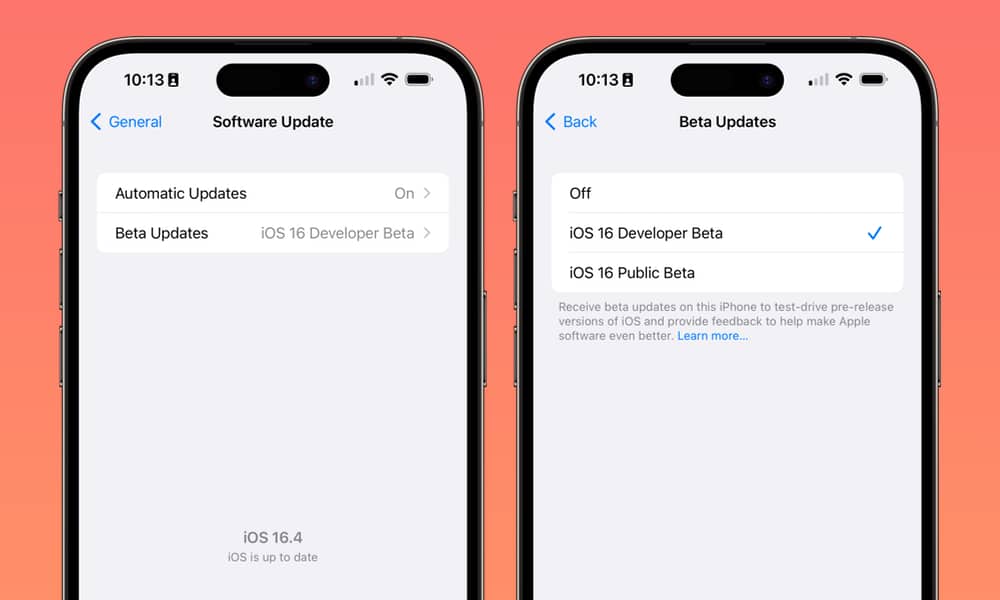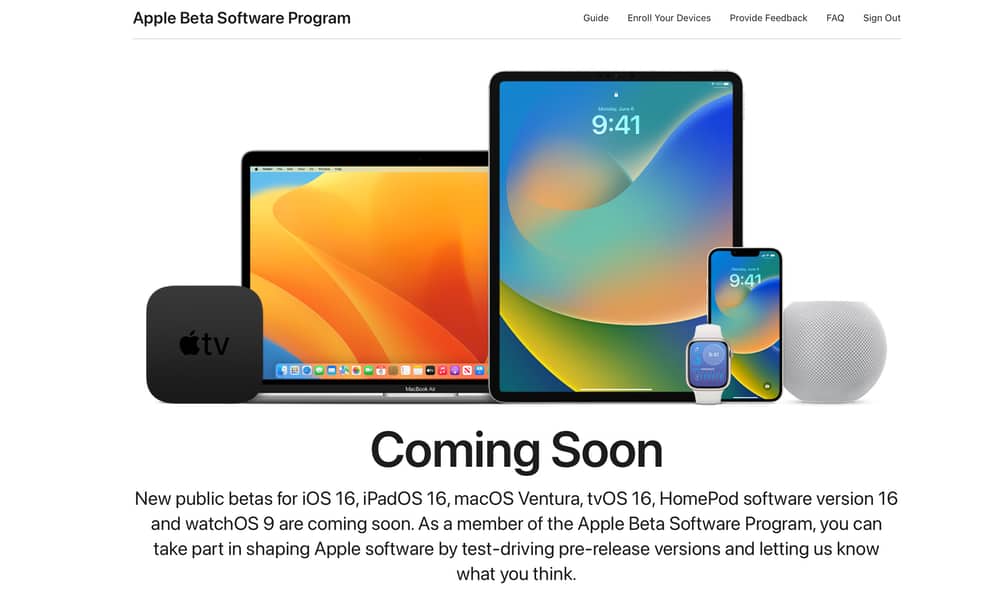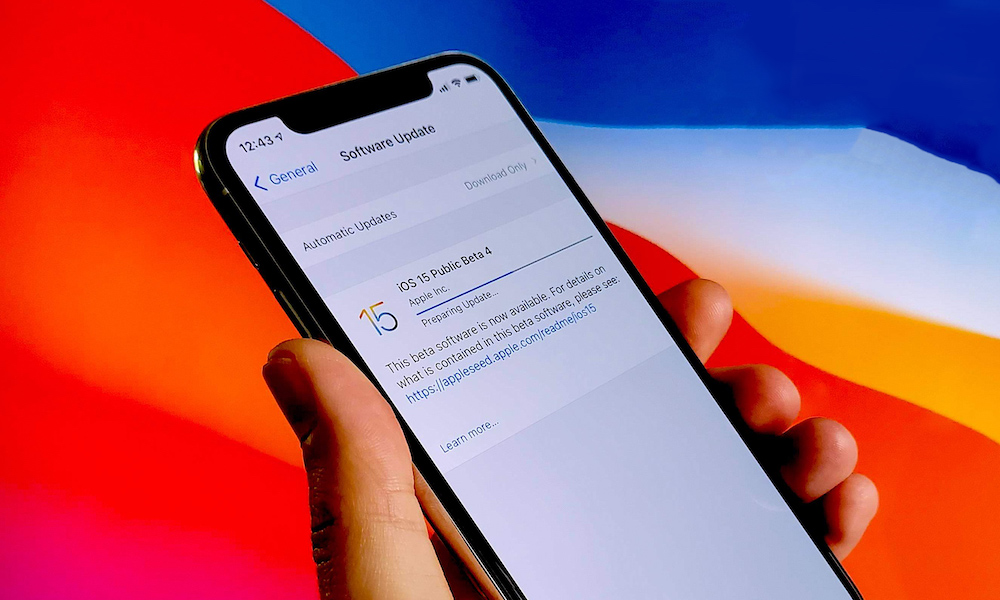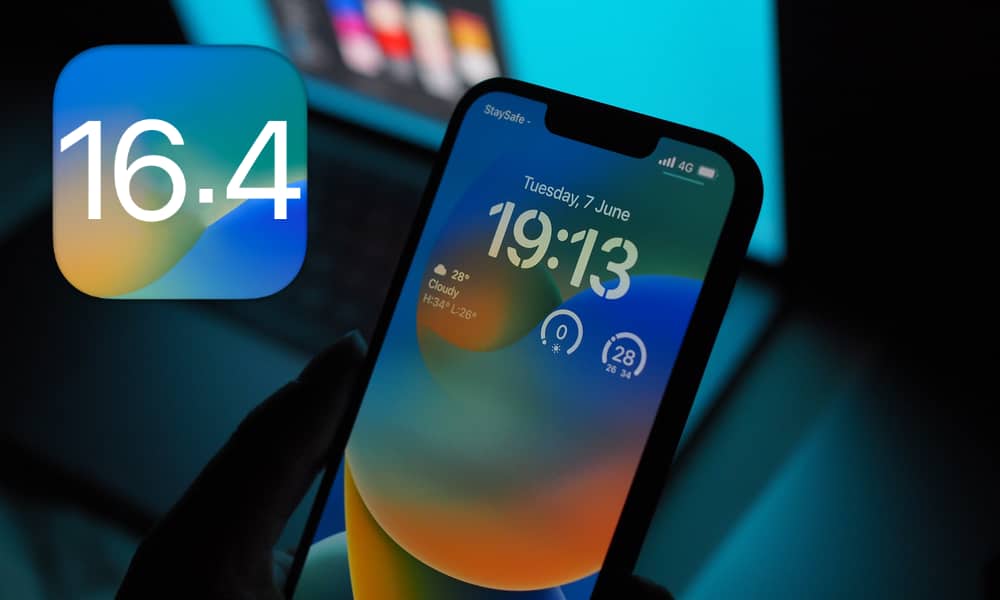Planning to Get Early Access to iOS 17 in June? You’ll Need to be a Registered Developer This Time Around
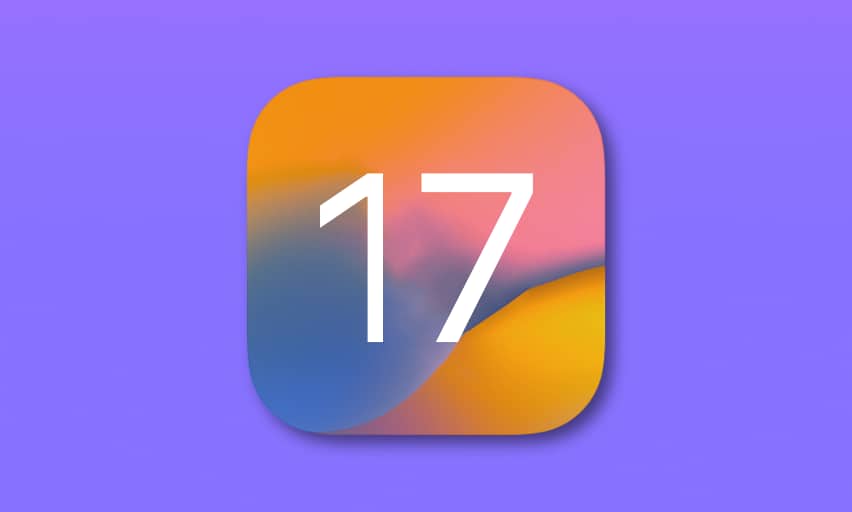 Credit: Jesse Hollington / iDrop News
Credit: Jesse Hollington / iDrop News
Toggle Dark Mode
Following last week’s release of the first iOS 16.4 beta, it looks like Apple is taking steps to crack down on folks who try to run its developer betas without actually being developers.
The iOS 16.4 beta, now available to both registered developers and members of Apple’s public beta software program, includes a new setting under Software Updates to let members of either program decide whether to opt into the beta releases. Members of both programs can also choose which of the two paths to take.
However, the catch is that you’ll now only see options to install beta releases if the Apple ID you’re using on that device is a member of the appropriate beta program.
In the past, developers and public beta testers were required to download and install special profiles on devices where they wanted to install the corresponding betas. Once the appropriate profile was installed, the normal software update mechanism would download the corresponding beta rather than only looking for the public release.
Officially, these profiles were only available by signing in to the relevant beta program websites. That was easy enough for public betas since signing up for Apple’s Beta Software Program is free. However, public betas can come out a few days to a few weeks after the same betas are seeded to developers, so those who wanted to stay on the bleeding edge and access the new betas either had to sign up for a $99/year developer account with Apple or access the developer beta profiles through less legitimate means.
That’s not a huge issue for most point releases since the public betas are almost always available within a few days of the developer beta. However, major iOS releases change a lot more — and introduce many more potential bugs — so Apple is naturally reluctant to let public beta testers get their hands on these until they reach a point of stability. For example, last summer, the first developer beta of iOS 16 arrived on June 6 — the same day Apple previewed iOS 16 at its Worldwide Developers Conference (WWDC); the first iOS 16 public beta didn’t show up until July 11.
The Problem with Early Betas
Needless to say, there’s a pretty big incentive for early adopters to break the rules to try out the new major iOS release. After all, it comes out nearly the same day that Apple spends a great deal of stage time telling us all how wonderful and exciting it promises to be.
Of course, Apple’s promise is what that major iOS release will look like when it’s finished going through several weeks of beta updates to polish and refine the experience. Jumping into early developer betas is a bad idea, especially on your primary device. Apple makes it available to registered developers so they can get a head start on testing their apps, and most developers do that testing on devices dedicated to that purpose. Issues like poor battery life or frequent crashes don’t matter nearly as much on a dedicated testing device as they would on your primary device.
Many folks who install early betas find their devices working poorly. They report these problems on social media, which taints Apple’s reputation as folks seem to forget that these kinds of issues are expected in an early developer beta. Further, while it’s Apple’s policy not to service devices that have beta software installed — even registered developers can’t walk into an Apple Store and expect help — that doesn’t stop folks who have installed these betas from taking up time at the Genius Bar and often complaining when Apple won’t help them fix a problem that they got themselves into in the first place.
Apple’s Cracking Down in iOS 16.4
With all that in mind, it’s understandable that Apple wants to do everything it can to discourage folks from installing software they shouldn’t be tinkering with. While anybody can still sign up for Apple’s Developer Program and get legitimate access to early betas, at least those who sign up agree to take the associated risks. Apple also offers a support path for paid developers who run into problems.
What’s interesting is that Apple has actually loosened things up when it comes to developer betas. Years ago, before the public beta program was even available, developers had to register specific devices for the beta using unique device IDs. This registration had to be done in a restricted developer portal. Unregistered devices running the beta would effectively end up bricked, as the beta would refuse to boot if the device wasn’t properly registered.
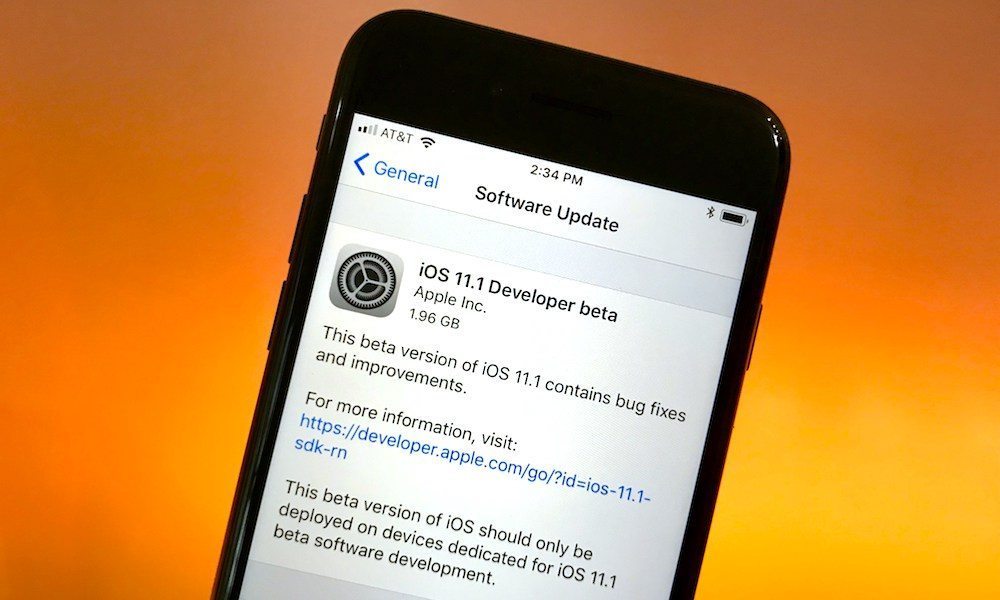
Apple quietly removed this requirement somewhere along the way, after which anybody who could get their hands on a developer beta profile could download, install, and run developer betas. Since these profiles are relatively small files that any registered developer can download, it wasn’t long before some less scrupulous folks decided to share them on public websites, allowing anybody to participate in the developer betas.
Apple seemingly turned a blind eye to this for a long time. However, last year, it began mobilizing its lawyers to put sites hosting these profiles on notice and even issue DMCA takedown notices to Twitter to get tweets removed containing links to sites hosting these profiles.
Over the past few years, Apple has also taken steps to tie betas to a user’s Apple ID rather than relying on profiles. The Apple TV was the first device to get a toggle switch for the tvOS public beta program two years ago, likely due to the additional complexity of installing a profile on the set-top box. Apple followed suit last year when it introduced the first HomePod mini public beta.
Now with iOS 16.4, it looks like Apple is expanding this to the iPhone and iPad, not just for the public beta program but also for the more coveted developer betas. The upside is that beta testers will no longer need to fuss with installing profiles. If your Apple ID is signed up for the appropriate developer program, the option to get beta updates will automatically appear in the Software Updates settings.
While this doesn’t seem to be fully live quite yet — we tested a legitimate developer beta profile with a non-developer account, and it allows the Developer Beta option to show — it’s fair to say that Apple will have all the pieces in place by June when the first iOS 17 betas arrive. That’s considerably more important as major releases are more likely to be abused; when it comes to point releases like iOS 16.4, it’s not a big deal to wait a couple of days for a public beta, but with a month-long wait for an iOS 17 public beta, it’s going to be much more tempting for folks to try and jump into the early — and dangerously unstable — developer betas.


